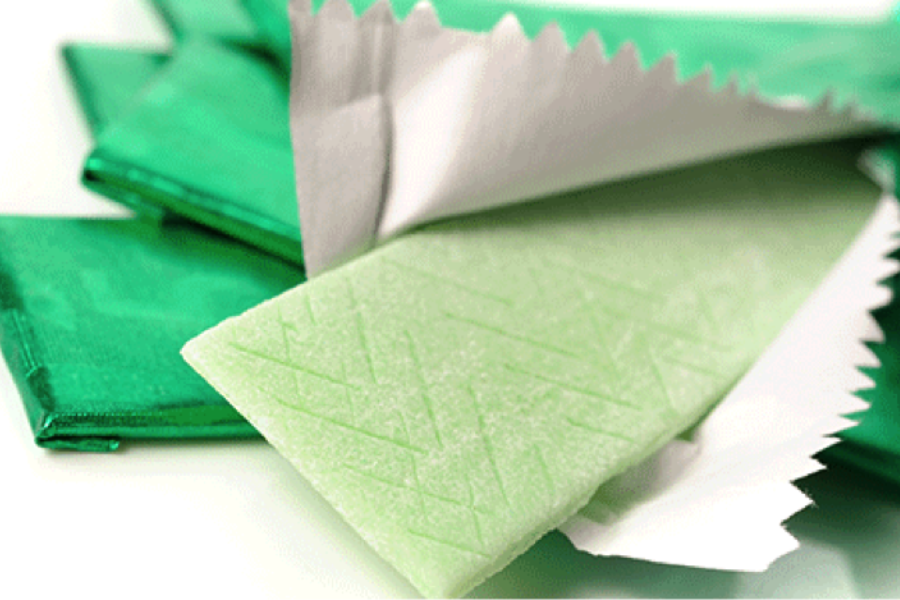Is your teenager concerned about their breath and constantly popping gum, mints or perhaps even candy in their mouth to freshen things up a bit? If you remember those years, you can hardly blame them. But, given that sweets aren’t exactly good for their teeth, we bet you’ve wondered at some point: “Wouldn’t it be great if, in addition to temporarily freshening breath, that same sweet also helped protect teeth from cavities?” Well, there are such wonderful treats, and the secret to their success is their not-so-secret natural ingredient list. Shall we explore?
The “Secret” Ingredients
- Xylitol: Xylitol is a natural sweetener derived from plants. It doesn’t break down like sugar (a plus for Diabetics), and can help keep a neutral pH level in the mouth, which aids in preventing bacterial growth. Both of these traits are favorable in the fight against cavities. To be certain you’re getting enough Xylitol to reap its rewards, look for products where it’s listed as the first ingredient on the package.
- Maccha: Green tea, (or, Maccha as it’s known in Japan), is loaded with antioxidants that reduce inflammation, promote good breath, and reduce the overall level of cavity-inducing bacteria in the mouth. Because of this, it’s a great addition to mints and candy. Of course, you could always serve green tea as a beverage at home for equal benefit, but if you’re looking to replace your teen’s current mint, gum or candy with something that’ll help freshen their breath and help their teeth, a quick web search is sure to turn up a few great options for you.
- Stevia: Stevia is a sugar substitute extracted from the plant Stevia rebaudiana. It has been used as a sweetener by the Guaraní people of Brazil and Paraguay for 1500 years. Recently introduced to the United States, and marketed under several brand names, Stevia is prized by low carb aficionados because it is 150 times as sweet as sugar, and has a “negligible” effect on blood sugar. It’s also heat stable (which means it can be used in baking), and is not fermentable (which means it’s good for your teeth)!
What Other Help is on the Horizon?
Dentists and marketers are always teaming up to bring new products to market that’ll help our teeth. In the near future, look out for products containing probiotics, with the idea being that the presence of good bacteria counters bad bacteria, so why not put them in mouthwash and things of that nature and let ‘em fight it out in our mouth? And, of course, the best secret ingredient of all: chocolate! Already appearing in some toothpaste like Theodent and Crest.






